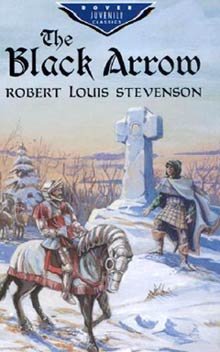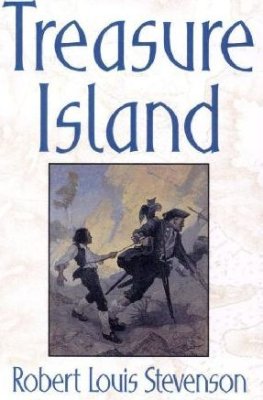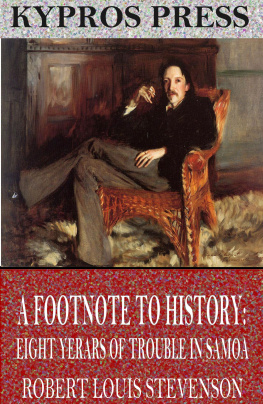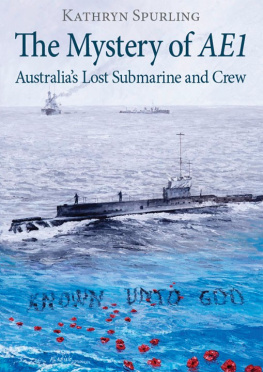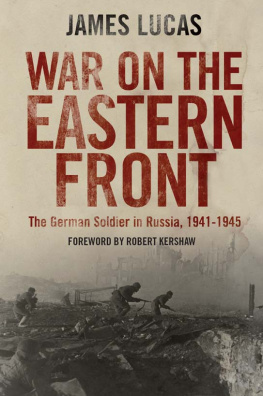ABBREVIATIONS
| AAHU | Australian Army History Unit |
| AAIM | Australian Army Infantry Museum, Singleton |
| AIF | Australian Imperial Force |
| ANMEF | Australian Naval and Military Expeditionary Force |
| AWM | Australian War Memorial |
| CMG | Companion of the Most Distinguished Order of Saint Michael and Saint George |
| CNF | Commonwealth Naval Forces |
| CO | Commanding Officer of a ship or unit |
| DSO | Distinguished Service Order |
| HMS | His Majestys Ship |
| HMAS | His Majestys Australian Ship |
| KCB | Knight Commander of the Most Honourable Oder of the Bath |
| KCMG | Knight Commander of the Most Distinguished Order of Saint Michael and Saint George |
| KCVO | Knight Commander of the Royal Victorian Order |
| KGS | Imperial Government Ship (Kaiserliches Gouvernement Schiff) |
| LC | Library of Congress |
| MC | Military Cross |
| NAA | National Archives of Australia |
| MID | Mention/ed in Despatches |
| NCO/s | non-commissioned officer/s |
| NLA | National Library of Australia |
| OC | Officer Commanding a sub-unit |
| PMO | Principal Medical Officer |
| P&O | Peninsula and Orient |
| RAN | Royal Australian Navy |
| RANR | Royal Australian Naval Reserve |
| RN | Royal Navy |
| RNR | Royal Naval Reserve |
| SLQ | State Library of Queensland |
| SLSA | State Library of South Australia |
| SMS | His Majestys Ship (Seiner Majestt Schiff) |
| SPC-A | Sea Power Centre Australia |
| SS | Steam Ship |
| VC | Victoria Cross |
| VD | Volunteer Decoration |
ACKNOWLEDGEMENTS
Many individuals have contributed to this publication. Researching Australias First Campaign took me across Australia and north to the islands that were once part of the German Empire. In Papua New Guinea (PNG), Mr Munden Bray from the Rabaul Historical Society kindly showed me through the societys museum and provided local knowledge on East New Britain. Melinda Sutherland and Greg Belford extended their special brand of hospitality in Port Moresby on the transit back from New Britain.
In Australia, the staffs of the Australian War Memorial (AWM), the National Archives of Australia (NAA) and the state libraries of New South Wales and Queensland were invariably friendly and helpful. Mr Kel Pearce, formerly of the Commonwealth War Graves Commission, provided background information on the Rabaul (Bita Paka) War Cemetery. Mr John Perryman, Director Strategic and Historical Studies at the Sea Power Centre Australia (SPC-A), facilitated my access to the centres holdings and authorised the use of many of the photographic images reproduced in this volume. Mr Chris Dale granted permission to use the Klewitz family photograph of Lieutenant Carl Klewitz, which appears on his German colonial uniforms website. The University of Newcastle provided Thomas Rodonis photograph from its Rodoni Archive, which appears on the front cover of this volume. Dr Rhys Crawley generously shared the fruits of his research in the Admiralty records at The National Archives in London. Mr John Land, curator of the Australian Army Infantry Museum (AAIM) at Singleton, assisted with the identification of the British and German small arms and provided photographs of those weapons. My fellow history tragics, Ian Finlayson and Ric Pelvin, read the manuscript and saved me from a number of errors, as well as providing additional insights. All remaining faults and errors however, are mine.
As the first among equals, I owe the greatest debt to the Australian Army History Unit (AAHU). The AAHU supported the project through the Army Research Grants Scheme, providing me with the opportunity to travel to New Britain and conduct field research in 2016. My gratitude also extends to the AAHUs team of experts who have added so much to the finished product: Captain Anne Giles and Ms Sophie Jerapetritis for the project direction, Nick Anderson for the handy advice for a first-time campaigner, Corporal Kyla Morris for the maps, Cathy McCullagh for her editing and Denny Neave and the talented Big Sky Publishing team for the typesetting and book design. Finally, I owe much gratitude to my wife Rose for giving up her annual leave to accompany me to PNG, where she stomped through more muddy jungle and later provided her professional insights when proofreading the manuscript. I am grateful for the opportunity to tell the important story of the Australian militarys first campaign and to contribute to the Australian Army Campaign Series.
MEASUREMENTS
| Imperial | Metric |
| Length | 1 inch | 25.4 millimetres |
| 1 foot = 12 inches | 0.305 metres |
| 1 yard = 3 feet | 0.91 metre |
| 1 mile = 5280 feet or 1760 yards | 1.61 kilometres |
| 1 nautical mile = 6076 feet | 1.852 kilometres |
| Weight | 1 pound | 0.45 kilograms |
| 14 pounds = 1 stone | 6.35 kilograms |
| 1 imperial or long ton = 2240 pounds | 1.016 metric tonnes/1016 kilograms |
| Speed | 1 knot = 1 nautical mile per hour | 0.514 metres per second |
PLACE NAMES
| Name in 1914 | Current | Remarks |
| Admiralitts-Inseln | Admiralty Islands |
| Bismarck-Archipel | Bismarck Archipelago |
| Bougainville-Insel | Bougainville Island |
| Karolinen | Carolines |
| Deutsch-Kiautschou | Jiaozhou Bay |
| Deutsch-Neuguinea | German New Guinea |
| Herbertshhe | Kokopo |
| Kaiser Wilhelmsland | North-east New Guinea |
| Marianen | Marianas |
| Marschall-Inseln | Marshall Islands |
| Neu-Mecklenburg | New Ireland |
| Nue-Pommern | New Britain |
| Pelew Islands | Palau |
| Pleasant Island | Nauru |
| Ponape | Pohnpei |
| Nrdliche Salomon-Inseln | Autonomous Bougainville | Northern Solomon Islands |
| Simpsonhafen | Simpson Harbour |
| Truk | Chuuk Lagoon |
| Tsingtao | Qingdao |
APPENDIX 1
CHRONOLOGY
| 1883 | Queensland raises the British flag at Port Moresby on 4 April and unilaterally annexes the non-Dutch half of New Guinea. Britain quickly disavows the Queensland action. |
| 1884 |
| 3 November | German New Guinea Company raises the German flag at Matupi Harbour, New Britain. |
| 6 November | Commodore J. Erskine proclaims a British protectorate over the south coast of New Guinea (to become Papua). |
| 19 December | Germany officially informs Britain of its actions in New Guinea. |
| 1885 | Imperial letter of protection over German New Guinea issued on 17 May. |
| 1898 | Reichstag ratifies the treaty officially placing Kiauchau, China, under German protection and establishes a naval base at Qingdao. German government takes over administration of New Guinea. |


